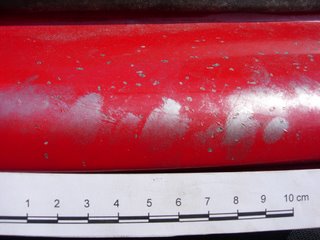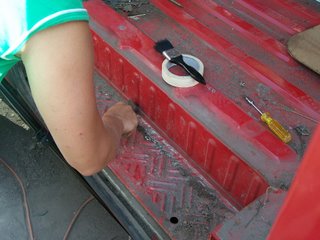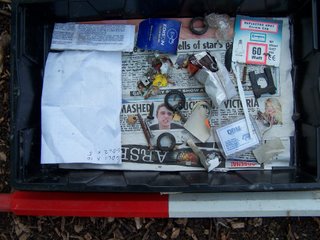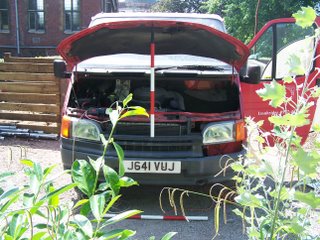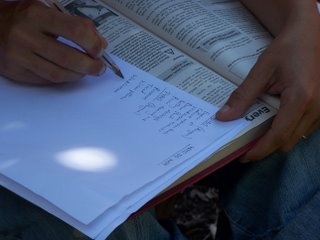It is now one month since
the BAJR poll was first put up. Between then and now,
57 people have voted...

The key above shows abbreviated interpretations of the original four options for which people have voted. The original questions were...
1. It is utterly pointless and a complete waste of time - you cannot be serious ('absolutely against')
2. It is interesting but does not contribute anything to archaeological theory, method or practice ('not really convinced')
3. It is interesting and is useful as a way of questioning and/or refining archaeological methodology ('fairly convinced')
4. It is extremely interesting and will make a significant contribution to archaeological methods ('totally in favour')
We have also had a number of further
comments, which include the following...
"Modern and experimental archaeology over the years has proved invaluable in determining how the evidence is interpreted. There may also be spin to forensics. So for example can it be determined where this van has been purely from the physical evidence? ... In a strict sense I would regard the project as ethnography rather than archaeology. Using an archaeological van will mean that many people will be willing to help with infomation to test the physical evidence of the van."
Dr. Peter Wardle"Sounds like a load of crock to me and makes archeology look stupid! I really think that archaeologists could do without this form of publicity at the moment. Especially if you want more funding. You wonder why some people don't care about what you passionately believe in."
'garybrun'"[The project seems to me]... worthwhile if you are applying the full logic and methodology that currently pervades UK archaeology. I wonder if it might be possible to do the same with three or four similar vehicles and apply random/specific sampling strategies, excavation techniques etc. If my memory serves me right in the archaeology museum in Stockholm one of the galleries contains a half sectioned site hut backed onto a half sectioned site vehicle. My favourite part of the museum, (especially as I suspect that one of the curators occasionally changes over the assorted footwear in the site hut. Probably a very funny archaeological joke in Swedish)."
Kevin Wooldridge"Whilst contemporary Archaeology is well out of my field and something I wouldn't really pretent to know a great deal about, I think that it is an excellent way to push the boundaries if you like. The forensic side seems to have a lot of value and I am sure that there is plenty of theoretical stuff for people to get their teeth into (like I say, not an expert)."
'Japheree'"If some think it a waste of time to investigate the van archaeologically because we have other sources of information, surely that undermines all archaeological practice in 'historical' periods. We know better than that. The Van project has a lot in common with established ethnohistory and contemporary archaeology research practices and potentially raises very interesting questions about how we remember (and forget) alongside the micro/forensic data that the project will produce. The archaeology will stand in relationship with the other methods being used so there will be quite practical outputs from this in terms of best methodological practice."
Dr. Angela Piccini
